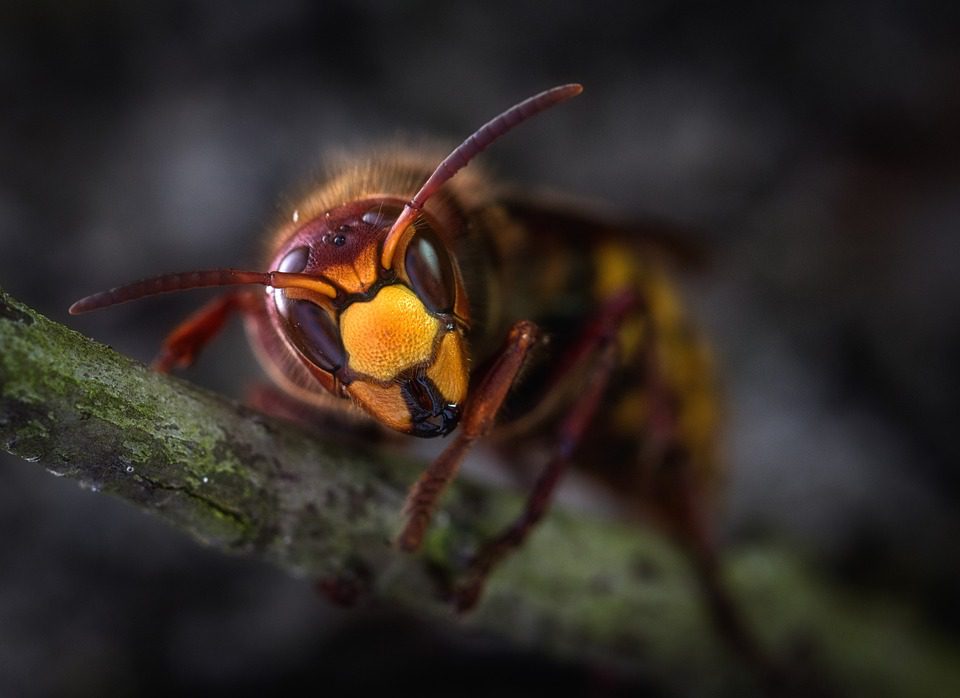Due to its threatening look and growing reach in North America, the world’s biggest hornet has recently garnered widespread media attention. Although the term murder hornet may exaggerate the harm posed by the Asian giant hornet (Vespa mandarinia), biologists believe that the invading species is damaging and harms North American bee numbers as well as millions of dollars in agricultural productivity. Due to the fact that honey bees have poor defenses, huge hornets may quickly decimate whole bee colonies.
However, it is unclear how to eradicate them. Even determining their distribution—they have been recorded in Canada as well as the Pacific Northwest so far—has been challenging.
The scientists published their findings in the journal Current Biology, revealing the discovery of three primary elements of the Asian giant hornet queen’s mating pheromones, a feat that might be used to set traps and trace the insects.
The experts set traps near hornet colonies, which are traditional areas for hornet mating, and caught exclusively male hornets and no females or any other species. The researchers examined the hornet’s activity in the brain and discovered that male antennae are extremely responsive to the pheromone.
Even though the prototype scent hornet traps were placed near bee colonies, the researchers intend to install them in several field areas to determine whether they may chemically allure hornets across spans of a kilometer or above. Scientists are unsure how Asian giant hornets arrived in North America for the first time.
Rather than patenting the sex pheromone’s characterization, the team chose to disclose their findings as soon as possible, mostly in the hope of providing an alternative to assist in documenting the hornet’s spread. As additional pheromone bait devices are installed, a map and prediction algorithms to determine where and how quickly they spread may develop.













Leave a Reply